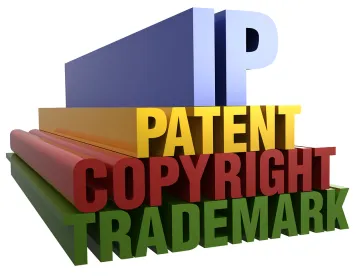We have reviewed a sub-group of 111 IPRs filed by generic drug companies against pharmaceutical patents to assess outcomes and trends. While our survey was not intended to capture every IPR filed by a generic drug company, it does cover the most active generic company filers to date (see Fig. 2 below). Examining this particular group of IPR petitioners, we found an institution rate of 67%, which is not significantly different from the general rate of institution across all technologies, showing that generic companies are achieving a comparable institution rate. There is also a very high settlement rate of 23% (combined pre- and post-institution settlements out of total outcomes), with pre-institution settlements counting for 17% of all outcomes (see Fig. 1 below). While a greater number of these IPRs resulted in a finding of all instituted claims being patentable in final written decisions (FWDs) compared to IPRs across all technologies, the sample size of FWDs is so small (9 IPRs in Fig. 1) that it may be premature to read too much into this.
Key Findings
The following chart shows the outcomes of IPR petitions filed by the most active generic drug company petitioners:
Fig. 1

In Fig. 1, “pending” means a petition is pending and has not yet been decided by the Board and there has been no settlement.
The following figure shows the number of IPR petitions from the generic drug companies who filed the most IPR petitions to date:
Fig. 2

Obtaining Reliable Data
This study reveals why it is necessary to review the file histories of each IPR rather than relying on data extraction or status identifiers. For example, 11 of the IPRs in our sample (IPR2015-00410, IPR2016-00217, IPR2015-01282, IPR2015-01283, IPR2015-01284, IPR2015-01286, IPR2015-00715, IPR2015-01550, IPR2015-00151, IPR2015-00153, and IPR2015-00154) settled prior to institution, yet the PTAB portal indicates for their status that they were “not instituted” rather than “settled.” The PTAB portal makes no distinction between those IPRs which were not instituted by decision of a panel and those IPRs which settled and terminated prior to any institution decision being reached by the panel.
In other cases, the status identifier shown on the PTAB portal was wrong. For IPR2016-00024 and IPR2013-00012, the PTAB portal indicates a status of “instituted”. However, reviewing the file history shows that the parties reached settlement post-institution, and the Board terminated in response to a request from the parties. For other cases, the PTAB portal correctly indicates a status of “settled” when there was a post-institution settlement and termination (see e.g., IPR2014-00160). In still other cases, the PTAB portal incorrectly stated that the proceeding was “pending” (see e.g., IPR2016-00218) when there had been a pre-institution settlement and termination. Failure to correctly account for the large number of pre-institution settlements may have skewed earlier findings which suggested a relatively lower institution rate for pharmaceutical IPRs if they were mis-identified as non-instituted.
High Settlement Rate
With respect to the high rate of pre-institution settlement, a significant number after filing of a preliminary response by the patent owner. For example, in IPR2015-00410, which settled prior to institution, the patent owner preliminary response points out a potentially fatal error in the real party in interest who filed the petition. In one case (IPR2015-00876), settlement occurred on the eve of the final hearing, though the majority of post-institution settlements occurred at earlier stages. While settlement can eliminate the uncertainty of having to face an institution decision or a final written decision, it may lead to follow-on petitions being filed by other ANDA filers who seek to obtain the same terms of settlement. The risk of follow-on petitions, together with the new rules permitting use of newly created testimonial evidence at the preliminary response stage (see “USPTO Releases New Rules for AIA Proceedings”), which could reduce the likelihood of institution, should be weighed in deciding whether to pursue a pre-institution settlement.
Joinder Attempts & Late IPR Filers
Several IPRs involved joinder attempts by generic petitioners seeking to follow onto earlier filed IPRs. For example, a generic petitioner in IPR2015-00830 successfully established a basis for joinder in an earlier IPR, resulting in grant of a joinder motion by the Board. In another case, joinder was denied and the later petition (which was filed outside the 1 year litigation bar) was also denied, so the generic petitioner was unable to benefit from settlement that occurred in the earlier IPR.
Summer Associate Eva Freel contributed to this article.




 />i
/>i

